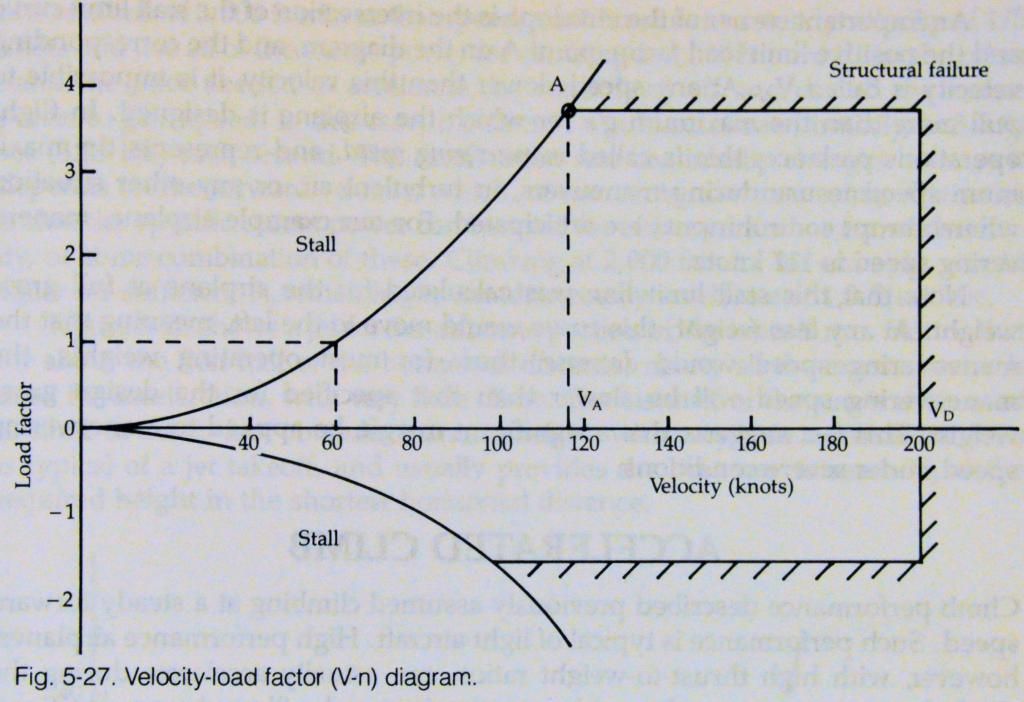Creative Speculation
In reply to the discussion: William Seger - Epically Fails - Again [View all]johndoeX
(268 posts)Are you good at anything else Seger?
If you notice, I was talking to a glider pilot on our forum. Yes, I did say that to keep it simple since a 10% margin between Vne and Vd on his glider is roughly 16 knots, and is why I posted the Vne VG diagram in the other thread demonstrating your epic failures, with further explanation in this post.
Now read this post....
http://pilotsfor911truth.org/forum/index.php?s=&showtopic=22131&view=findpost&p=10810572
Furthermore, NewAgeMan is not me. But he did come to me for help. He is "EagleEye" at our forum. - Seger Fail
With that said, we both know the facts, and the fact is Vne is essentially 90% of Vd and Vd is the end of the flight envelope and the start of the structural failure zone for ALL aircraft. As Beachy was so nice to help out here....

(note the airspeeds, I removed them for my diagram, while using the definitions.. such as Vd being the end of the flight envelope and the start of the structural failure zone)
And another source -
"Many years ago, before oscilloscopes and sensitive vibration measuring devices were commonly used, aerodynamicists had a very basic means of identifying an airline's flutter speed. They'd find a skilled test pilot, show him a wheelbarrow full of money, then send him aloft to dive the airplane at dazzling airspeeds. The test pilot's job was to determine the speed at which the airplane experiences flutter.
When he returned-and when his breathing slowed and he regained his ability to speak-he'd tell his tale. He'd inform the engineers about the speed beyond which the airplane experienced flutter. This speed is known as Vd or design dive speed.
.......
That's why, in the spirit of safety, the FAR's require marking the airspeed indicator's red line (Vne - velocity to never exceed) at a point representing 90% of Vd."
But apparently you think Rod Machado is wrong, when I posted the above quote for you the last time you thought you knew about Vd.
Unfortunately for you, while posting the original VG from the Illustrated Guide to Aerodynamics, Beachy also throws you under the bus. See the words "Structural Failure" in the upper right? I suppose you think that is for aircraft only operating in that area of the graph? lol....
Vmo is the "limit case" in terms of speed on Transport aircraft, not Vd.
Now if you really wish to get even more technical. We know that a Boeing suffers structural failure at 154% based on static load testing. This is 4% above "Ultimate Case" (using your terms). If we apply the same factor to speed based on the Boeing 767 A1NM TCDS....

....we are looking at roughly 436 knots. 420(Vd)+4%
And precedent is in line with such a comparison.

Seger, when are you going to send your VG Diagram to the FAA telling them that the 'yellow' represents a "Factor of 1.5 for ALL the loads, not just g loads"?
Then again, would you have anything else to do after learning you were wrong from the FAA?
Keep spinning Seger... keep digging.